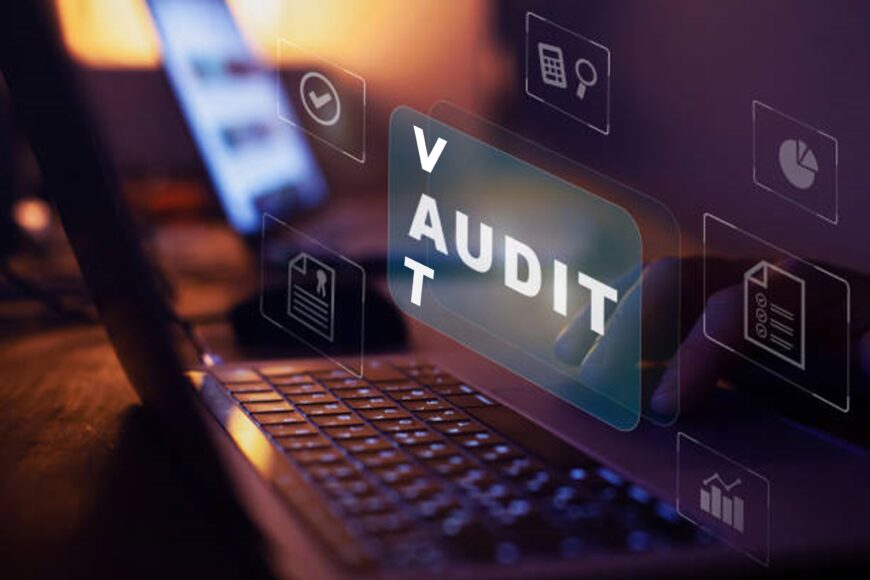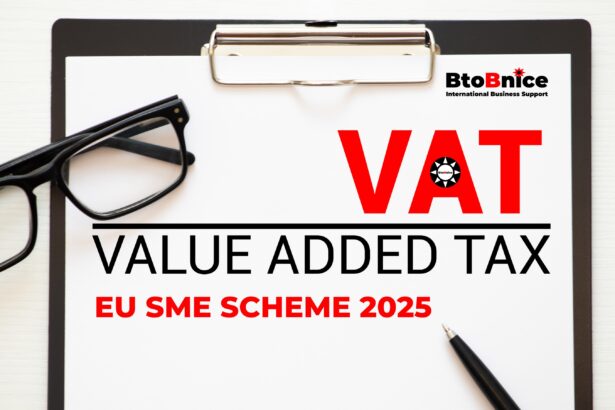VAT audit : compliance of cross-border operations and tax opportunities

In the context of frequent legislative changes in indirect taxation within the EU and in non-European countries, companies must permanently adjust their accounting and reporting processes to new VAT rules.
Rigorous tax monitoring makes it possible to stay informed of ongoing reforms and laws adopted, but their implementation in each country and the concrete consequences for taxpayers require in-depth analysis of operations carried out internationally and anticipation measures to set up.
Recent flows often meet VAT tax requirements, but this is not always the case for traditional business flows established since several years. Since their revision requires a study of the VAT rules applicable in different countries, these operations rarely attract attention before a tax control.
A preventive VAT audit of cross-border operations can nevertheless be useful to ensure the tax compliance of companies with their tax obligations, by avoiding penalties for non-compliant flows:
- local sale of goods abroad subject to VAT in foreign countries,
- reverse charge of VAT on local purchases abroad depending on the status of the seller,
- import of products into foreign countries,
- distance sales of goods and digital services taxable in the country of the customer,
- cross-border movements of stocks,
- international activities of intermediaries and deemed suppliers,
- intermediation of digital platforms for e-sellers,
- deduction of VAT on non-compliant purchase invoices,
- issuance of sales invoices without specific mandatory elements,
- non-compliance with e-invoicing and e-reporting requirements,
- application of incorrect VAT rates,
- unjustified VAT exemption of intra-community deliveries and exports,
- other zero-rated operations in the absence of supporting documents or exercised options.
At the same time, the audit of cross-border operations makes it possible to detect certain opportunities: from easing reporting obligations abroad to reducing VAT charges:
- expanded application of the reverse charge mechanism on B2B sales,
- simplification for triangular operations within the EU,
- chain supplies according to the quick-fixes regime,
- European simplification of the VAT regime for call-off stock,
- e-commerce declarative simplification schemes (OSS and IOSS),
- appointment of a local tax representative limited to import VAT purposes,
- deduction of input VAT in local declarations,
- recovery of unidentified foreign VAT on purchases and travel expenses.
VAT audit stages
Stage 1 : The first stage of the VAT audit consists in establishing a map of the company’s cross-border flows, for purchases and sales, according to multiple criteria:
- country of establishment of customers and suppliers,
- type of transactions (B2B and B2C),
- contractual relationships,
- distribution channels,
- place of production and storage of goods,
- physical flows of goods,
- logistics chain,
- category of services,
- place of supply of services,
- invoicing process and VAT accounting methods.
Stage 2 : Secondly, a study of the tax rules applicable to the flows identified in each country must be carried out on the basis of the VAT law, doctrine and recent case law.
Stage 3 : It will then be necessary to compare the current VAT management of these flows within the company with the requirements in force in each country or in each political-economic union. This third step includes the collection and analysis of contracts with customers and suppliers, purchase and sales invoices, VAT returns and accessory declarations, proofs of exemption, etc.
The VAT audit report is the roadmap indicating to the company:
- non-conformities detected,
- VAT obligations to be fulfilled in each country,
- VAT regularisations to be made,
- recoverable VAT to be deducted or claimed back,
- simplifications applicable to specific flows,
- upcoming VAT law changes to be anticipated.
The company’s internal teams, particularly tax & accounting, must take into account the observations shared in the VAT audit report and implement the auditor’s recommendations.
VAT audit solutions
BTOBNICE accompanies international companies in conducting the VAT audit of their cross-border operations in Europe, by carrying out the mapping of their business flows, the country-by-country study of VAT obligations, and the identification of non-compliances and tax opportunities.
We provide an audit report detailing these steps which includes our observations and recommendations to be implemented.
We invite you to contact our VAT expert for more information: contact@btobnice.com



